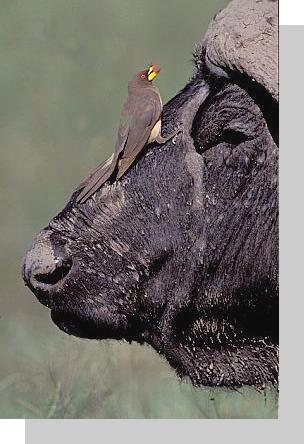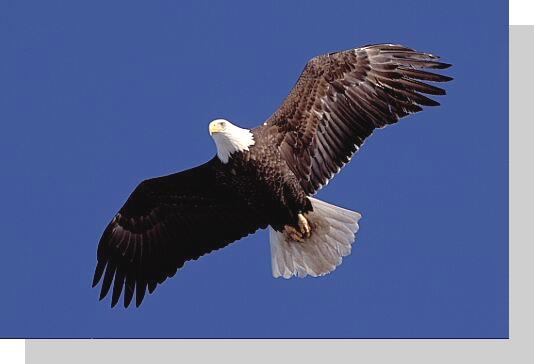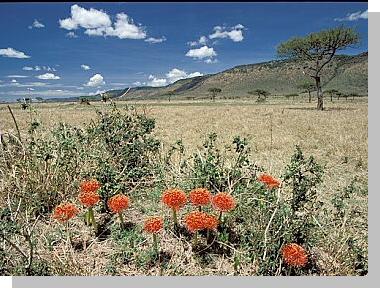Wolong Valley, China
Do we want to affiliate ourselves with this? By just taking
another 8 fly-agaric (poisonous mushroom) and planting them where there were
actually only two to make it appear more impressive and then to sell that to the
public as a natural picture?
The law requires you to declare the fact that a product does
not meet the consumers expectations if you are bringing it out on the market.
So for instance, if you produce butter but you substitute
other ingredients for the milk, you have to call the result margarine.
Someone who produces marzipan (sweet almond paste) but uses
peach pits has to call the result persipan.
Champagne produced outside of Champagne region is not allowed
to be called Champagne but has to be called sparkling wine.
To this day there is no mandatory declaration in nature
photography.
I can have a domesticated bear rear up on its hind legs in
Wyoming, publish the picture and have people believe that it is an original
wildlife picture.
I can construct feeding areas and take pictures of animals
fighting over the food and make the people believe that this is happening in the
wilderness of nature.
Well now apparently nature photography is not so important
that the law would stipulate you declaring which picture is real, arranged or
made-up.
But nothing is keeping us from making a certain point: `honesty
is our contribution to the so-called minimum standard` and voluntarily introduce
our own declaration.
Real photos of nature are those where the photographer has in
no way, shape or form intervened with the subject. The premium class of nature
photography. They bring out the "pleasure in the real thing".
Controlled pictures of nature are those where the photographer
intervenes, works with bait, lures (tape recording, calls, sounds, etc.) when
twigs or leaves are either added or taken away; when the photographer puts up
tree limbs for landing sites (i.e. at places where the animals are fed in winter,
with birds that feed on bees) and so on.
Everyone has seen the pretty pictures of brooks and streams
that have picturesque leaves of fall coloring artfully strewn on the rocks by
the banks, where they have never lain before in reality, clearly visible to the
viewer that the photographer has put them there.
Or, another example, when I read an article about "gliders"
in the magazine "National Geographic" and see the picture of a snake
that is gliding down to the ground from a high tree, I would really like to know
if this snake is voluntarily gliding through the air and if this is the pose it
has while doing so, or if the photographer ┤s assistant has thrown this snake
up ten times in order to get this particular pose right and that the picture is
actually of a snake having been thrown.
There was a time when journalists and photographers of
National Geographic had the motto: don┤t pay, don┤t interfere. I would really
like to know if that is still so. This could be documented convincingly by
adding a clear comment to the picture.

Buffalo and yellow billed oxpecker
ü
Masai Mara, Kenya
Fictional photos of nature are those where the photographer
composes a double exposure by copying two slides onto one and of course all of
the digitally created products. Those where bothersome details can be removed by
digital retouch or one and the same animal copied five times into one picture,
and so on.
Now we nature photographers could ¢ if we wanted to ¢ say:
the third century will be the century of unmistakable nature photography and
that is the reason we will clearly declare the status of nature photo.
Another interesting question is: Where is the sense of taking
a picture which would actually have not existed in nature without our
interference?
Nature photography is an independent medium and an independent
form of art. Nothing can compare itself to it, nothing comes close and nothing
can replace it ¢ if it is done honestly and remains true to itself.
If it is manipulated, arranged or digitally altered, it
becomes exchangeable.
Because changing and arranging can and is done by every
painter and drawer. This is the reason why no one is interested in painted
pictures of nature. Everyone knows that the way the painter depicted this is
certainly not the way it was in reality.
That is why you find 99% nature pictures instead of painted or
digitally created pictures in earlier nature / wildlife magazines. People, if
they are informed, actually want real pictures, pictures who show the way it
actually is and not created or made up pictures.
Nature photography is a unique documentary for nature. It can
do what no other medium or form of art can do: It can capture the real and
authentic moment in nature. We do not want to give away this unique gift by
becoming incredible through combining these real pictures with the ones that
were manipulated or digitally created, without clearly stating which is real
nature photography and which is substitute photography.
In the end it will not be the nature photographer who decides
if the pictures will carry a declaration or not, but the proof-readers, picture
and magazine editors.
Only when they are aware of and feel their responsibility to
inform on the status of a depiction towards their readers, thus demanding a
proper labeling from photographers, will this be accomplished in the long run.
As a first step the nature photography societies would have to
seriously try and establish this. This would be a nice task for the GDT and for
the IFWP, the coalition of (almost) all the European nature photography
associations, in this way being able to implement it in all of Europe.
The second step would have to be that the picture editors of
the most important magazines ¢ like i.e. National Geographic and GEO ¢ are
convinced of the importance of this by the nature photographers associations.
Only if they are under the impression that they owe this to their readers as a
respectable magazine, to clearly explain the status of a photo, will this system
have a chance to get established.
Which does not mean that every individual photographer can┤t
already start doing this. The sooner the status of a picture is clearly outlined,
the sooner a standard implementation can be achieved.
This would be my suggestion:
Always when a nature photographer has in no way altered the
subject, the label on the slide frame should read:
ī A nature document ¢ not
arranged nor manipulated.
With all takes of wild animals or plants as well as landscapes,
where the photographer has interfered with bait or lures, directs or places
animals in photogenic places, works with calls or sounds, adds or removes twigs,
branches and leaves, etc. these motifs should be labeled:
Ź wild and controlled
For all takes of tame or domesticated animals the
international term is:
Ä captive
All takes that were done not through the exposure of a camera,
meaning double exposures, sandwiches, digitally retouched or created pictures:
Å collage
***
The GDT (association of German wildlife photography) and the
NANPA ( North American Nature Photographers Association) have thankfully started
this a few years ago and published guidelines, which in the meantime really
should be revised.

Bald Eagle at a winter feed é
Homer, Alaska, USA
Whereas for me the integrity of the subject is the most
important factor ¢ was it as it appears and did it happen that way? It is not
so important to me if a polarization or split filter was used. That is something
the associations have to determine.
If we "correct" nature, we take pictures of the way
we want nature to be not the way it really is. Does the viewer of the picture
have a right to know that?
But if we do not distinguish between takes that imitate nature
and the real nature photography, we stoop down to the level of painting, music,
sculpturing and other arts. That would mean that we are voluntarily giving up
what makes us so unique and elevates nature photography high above other forms
of art: truth, reality and documents of creation in our photographic work.

